The Greater Middle East Project 2.0 and Al-Sharaa’s visit to the US
By Onur Sinan Güzaltan
The outcomes of Al-Sharaa’s White House visit indicate that the US is moving rapidly to implement its Greater Middle East Project 2.0.
I summarized the main outlines of this project, as announced by US Ambassador to Ankara and Special Envoy for Syria Tom Barrack, in an article I wrote last week as follows:
1. Normalization between Türkiye and Israel through Syria,
2. Normalization between Syria and Israel,
3. The elimination of Hezbollah in Lebanon and the Houthis in Yemen,
4. Expansion of the Abraham Accords, and
5. The ultimate target: attack on Iran.
Recent developments in the region and the decisions made following Al-Sharaa’s meeting with Trump show that progress has been made in implementing the plan:
1. The Trump-Al-Sharaa meeting produced decisions to normalize relations between Syria and Israel (Trump announced that significant developments on this front are imminent. Similarly, statements from the Syrian Foreign Ministry indicated US support for Syria-Israel normalization) and to complete the integration of the Syrian Democratic Forces into the Damascus government.
2. Concurrently with Al-Sharaa visit, Turkish Foreign Minister Hakan Fidan was also at the White House. It was reported that, following the Trump-Al-Sharaa meeting, a trilateral meeting was held between Fidan, Rubio, and Shaibani to coordinate the implementation of the decisions reached.
3. The scope of the Abraham Accords, which fosters Israel’s “security” is being expanded. Kazakhstan has announced its participation in the Abraham Accords process, and other Central Asian republics are expected to join following Kazakhstan. In this way, the US’s Israel-centered New Middle East Project is being extended toward Central Asia. In the coming period, it can be expected the Abraham Accords to expand toward South Asia and the Caucasus.
4. US and Israel’s pressure on the Lebanese government regarding Hezbollah is increasing. While Israel continues its air operations, the American administration has sent messages urging the Lebanese government and army to fulfill their “commitment” to disarm Hezbollah as soon as possible. That the US has announced new sanctions on Hezbollah members is meaningful in this context.
5. The Houthis have declared a general mobilization against a possible US/Israeli attack.
6. Iran, the ultimate target of US-Israel, has announced that it is closing the door to negotiations with the US under current conditions.
All these developments indicate that, within the framework of the Greater Middle East Project 2.0, US and Israel’s pressure on the region will intensify.
In the coming days, Syria and Lebanon are likely to become arenas where the conflict between forces aligned with the American/Israeli project and those against it intensify.







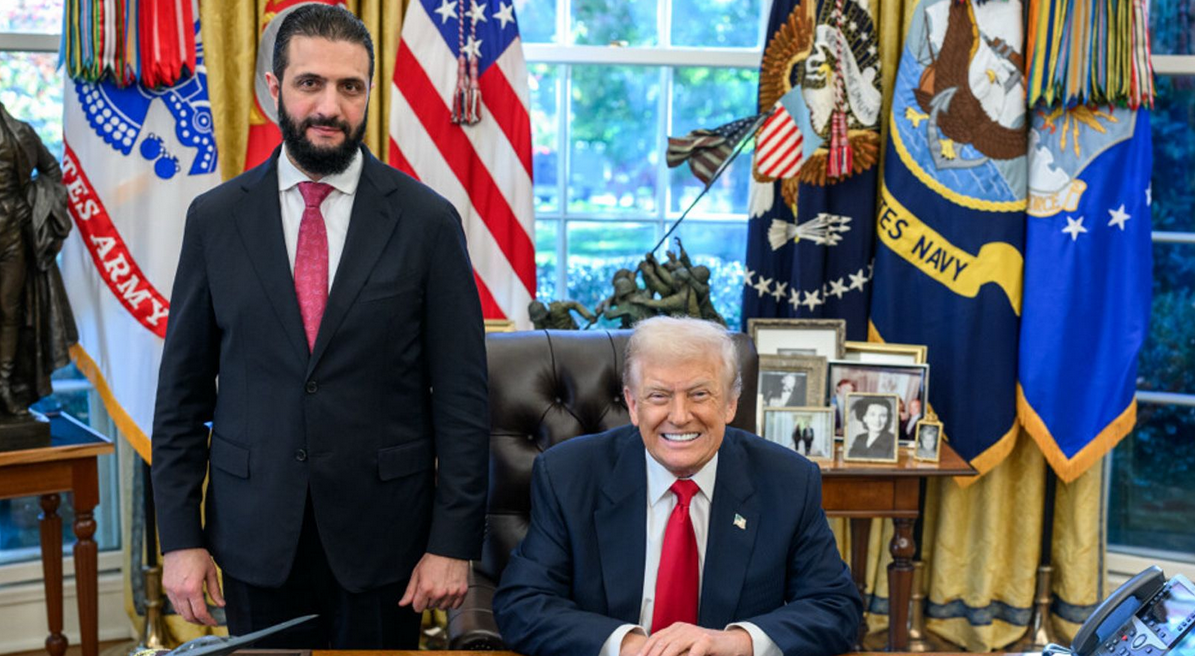

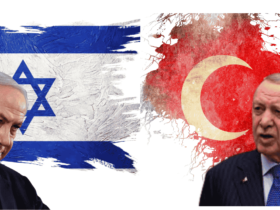
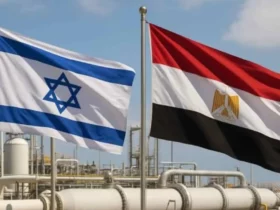
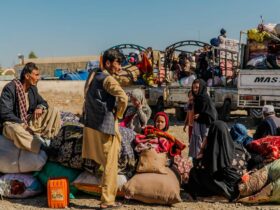


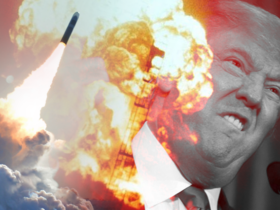
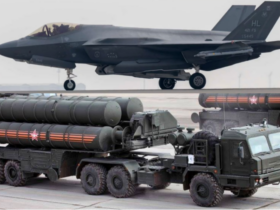
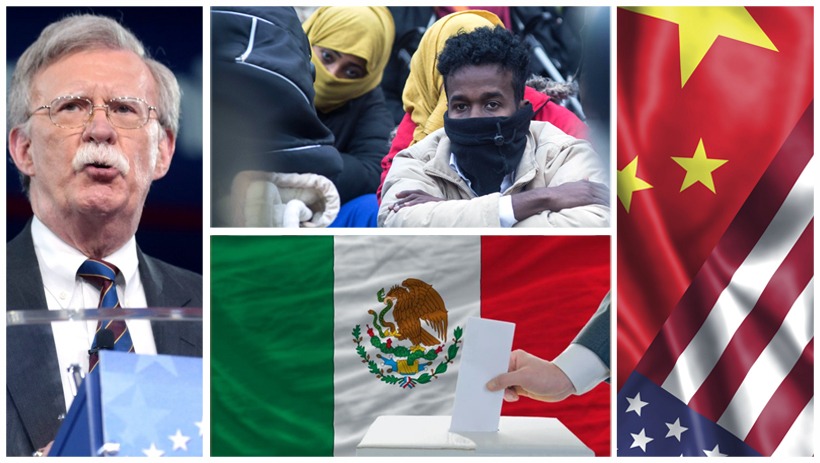
Leave a Reply